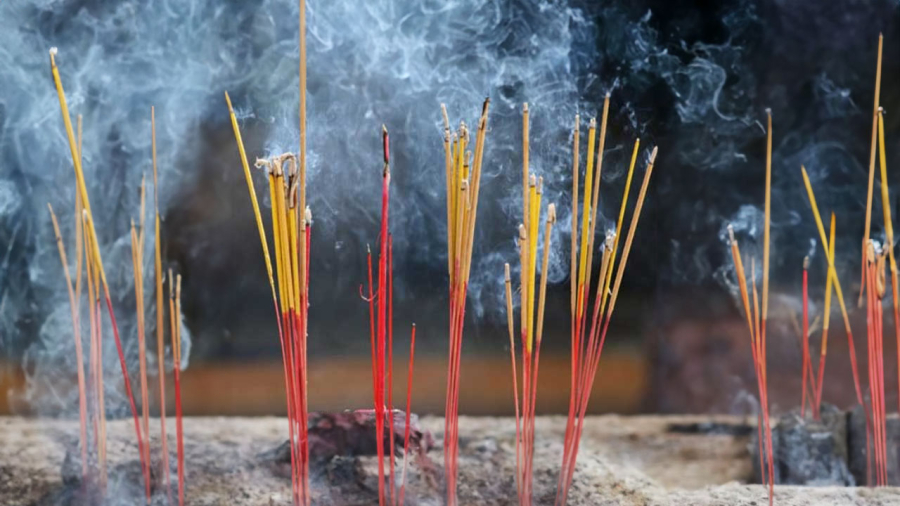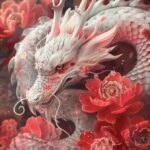Incense is an indispensable offering in every Vietnamese family, especially during the full moon and Tet holidays. Lighting incense on the altar is a way to connect with deities, ancestors, and the spiritual realm. Each burning incense stick carries the prayers and wishes of the person lighting it. Therefore, incense is a crucial part of any ceremony or offering.
For the Vietnamese, while fruits, fake money, betel, alcohol, tea, and tobacco are optional, incense is a must-have for any ceremony. However, there are some misconceptions about incense that should be avoided. Keep in mind the following taboos to ensure you don’t follow the crowd and lose sight of the true meaning of incense burning:
Avoid chemically-treated incense that curls when burned
In folk belief, if the incense curls while burning, it is a good omen, indicating that the prayers of the homeowner have been answered. However, traditional incense was made from natural materials like musk, agarwood, and grapefruit, which rarely curled. Burning a thousand sticks might yield one curled stick. Nowadays, manufacturers add chemicals to make all incense sticks curl. Many families buy this type of incense, hoping that the curled ashes will form beautiful circles, impressing guests and showcasing the grandeur of their altar.

However, according to feng shui principles, this practice is a major taboo, as it involves deceiving oneself and the spirits. Any answered prayers should come naturally, not through deception and artificial means. Furthermore, using chemically-treated incense to create an omen is considered blasphemous and goes against feng shui principles. These chemicals are also harmful to health. The curling agents can cause choking, coughing, bronchitis, pneumonia, and even cancer if inhaled regularly. Burning excessive incense in a small, enclosed space can also cause suffocation, especially for the elderly and children.
Avoid inserting metal incense spirals into the incense burner
During Tet, some families like to burn spiral incense to maintain a constant fragrance in the worship room, creating a solemn and warm atmosphere, especially when descendants come to pay their respects to their ancestors. Spiral incense burns slowly and does not require frequent replacement. However, only incense burners in temples, shrines, and ancestral halls are tall and deep enough to accommodate metal incense spirals. Inserting a sharp, metal object into the family’s incense burner is considered a major taboo in feng shui. Metal incense spirals can also cause health problems, financial difficulties, and bad luck in terms of health and career. If you want to burn spiral incense, use a plate and place the metal incense holder next to it.
Handle incense carefully to prevent breakage
According to feng shui beliefs, broken or damp incense that doesn’t burn properly brings bad luck. Therefore, when placing incense sticks into the holder or removing them, be careful not to drop or break them.
Avoid lighting multiple incense sticks at once
When multiple family members or descendants come to pay their respects, avoid having everyone light incense at the same time, as this can cause an excessive amount of burning incense, leading to potential fire hazards and bad luck.

Be cautious of strongly scented incense
Natural incense typically has a subtle, pleasant fragrance. However, some manufacturers add strong fragrances to their incense to make them more appealing to customers. Chemically-treated incense that curls and has a strong fragrance is extremely harmful. These chemicals not only damage the health of the living but also desecrate the act of worship, creating an impure atmosphere and going against spiritual and feng shui principles.
Avoid burning incense at night
It is advisable to refrain from burning incense at night, as this is the time when ancestors rest. Lighting incense at night may also invite malevolent spirits into the home.
This information is for reference only and is subject to individual interpretation.






































